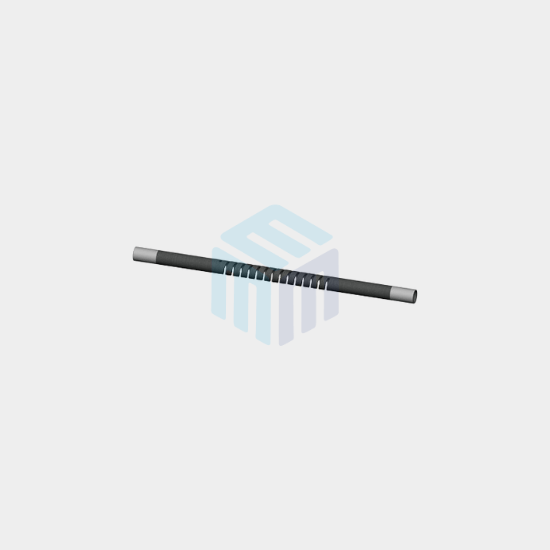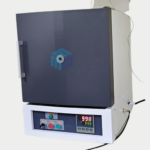When it comes to high-temperature heating applications, selecting the right heating element is crucial for efficiency, durability, and overall system performance. Two of the most commonly used materials are Molybdenum Disilicide (MoSi₂) and Silicon Carbide (SiC). Each has unique properties that make it suitable for specific environments and temperature ranges. In this blog, we’ll compare MoSi₂ and SiC heating elements, explore their advantages, and help you determine which is best suited for your application.
Choosing between Molybdenum Disilicide (MoSi2) and Silicon Carbide (SiC) heating elements depends on various factors, including the specific requirements of your application. Here are some considerations to help you make an informed decision:
- Temperature Range:
- MoSi2 heating elements are suitable for temperatures up to around 1,800°C (3,272°F).
- SiC heating elements can handle even higher temperatures, typically up to 2,000°C (3,632°F) and, in some cases, even higher.
- Operating Environment:
- MoSi2 elements are more susceptible to oxidation in the presence of air or oxygen at high temperatures. They can form a protective SiO2 layer but may eventually degrade.
- SiC elements are more oxidation-resistant and can perform well in oxidizing atmospheres, making them suitable for applications where air or oxygen exposure is likely.
- Atmosphere:
- Consider the type of atmosphere in your furnace. SiC elements are versatile and can operate in air, inert gases, and vacuum, while MoSi2 elements may be better suited for inert or reducing atmospheres.
- Temperature Control:
- MoSi2 elements have a lower thermal mass and are often preferred for applications that require rapid temperature changes and precise temperature control.
- SiC elements also offer good temperature control but have a slightly higher thermal mass.
- Energy Efficiency:
- Both MoSi2 and SiC elements emit radiant heat, which can provide efficient direct heating. However, the choice between them may depend on your specific furnace design and control system.
- Maintenance:
- Both types of elements generally require low maintenance. MoSi2 elements may require more care to protect against oxidation in certain atmospheres.
- Heating Element Lifespan:
- MoSi2 elements are known for their long lifespan and stability but may degrade faster in oxygen-rich environments.
- SiC elements also have a long lifespan and are more oxidation-resistant, making them suitable for a wider range of applications.
- Application-Specific Requirements:
- Consider the specific needs of your application, such as the materials being processed, the desired heating rate, uniformity of heating, and the environmental conditions inside the furnace.
- Budget:
- Cost considerations may also play a role in your decision. MoSi2 elements are generally more cost-effective, while SiC elements may have a higher upfront cost.
- Expertise and Support:
- Evaluate the availability of technical support and expertise in the installation and maintenance of MoSi2 or SiC elements, as this can affect your decision.
In summary, the choice between Molybdenum Disilicide (MoSi2) and Silicon Carbide (SiC) heating elements should be based on the specific requirements of your furnace and the conditions in which they will operate. Consider factors like temperature range, atmosphere, oxidation resistance, temperature control, energy efficiency, maintenance, and budget when making your decision. It may also be helpful to consult with a heating element manufacturer or specialist to determine the best fit for your application.
Conclusion:
Choosing between Molybdenum Disilicide (MoSi₂) and Silicon Carbide (SiC) heating elements depends on your application’s specific temperature range, atmosphere, and operational requirements. MoSi₂ is ideal for extremely high temperatures and oxidizing conditions, while SiC offers excellent performance in moderately high temperatures and is more cost-effective for general use. Understanding the strengths of each material ensures reliable, energy-efficient performance in your heating system. For tailored recommendations and quality products, consult experienced suppliers like M-Kube Enterprise, your trusted source for high-performance heating components in the USA.
We are a USA company catering products and solutions in the USA, Australia, New Zealand, Singapore, Malaysia, India, South Korea and Vietnam.







